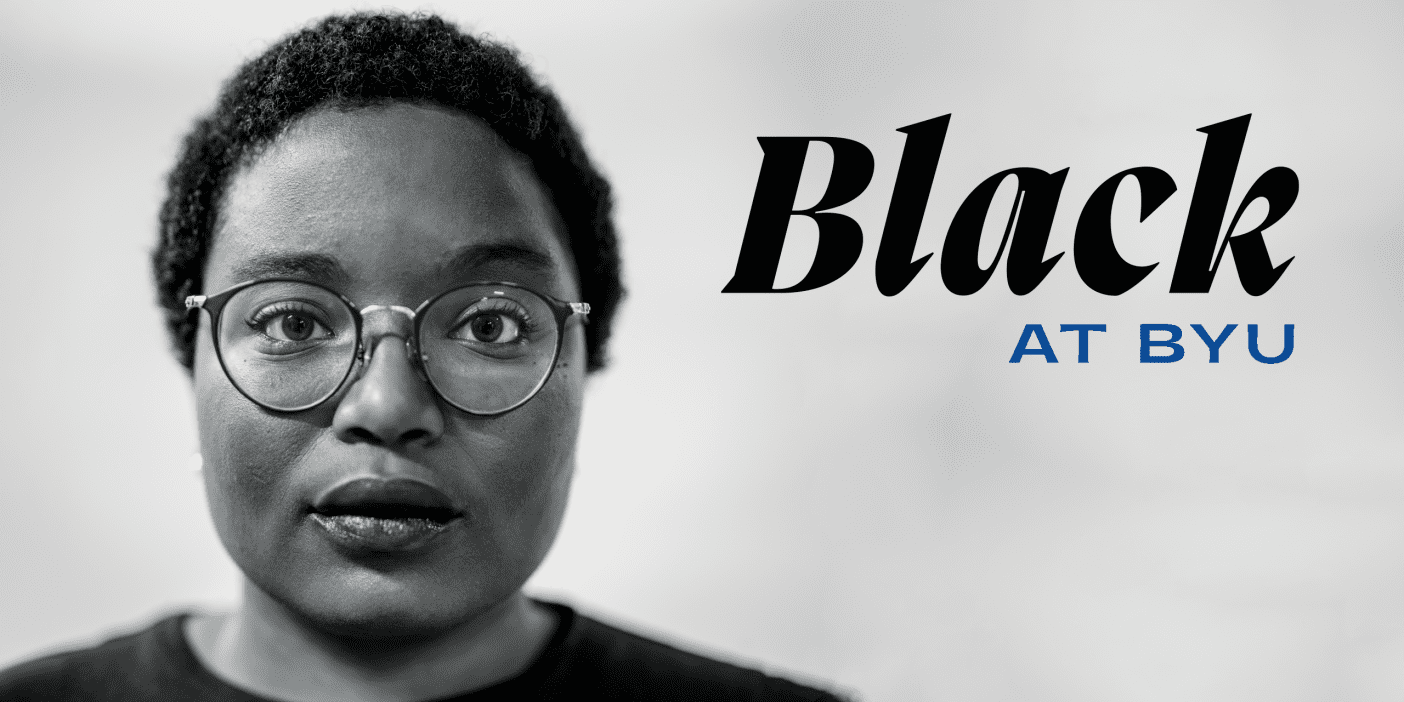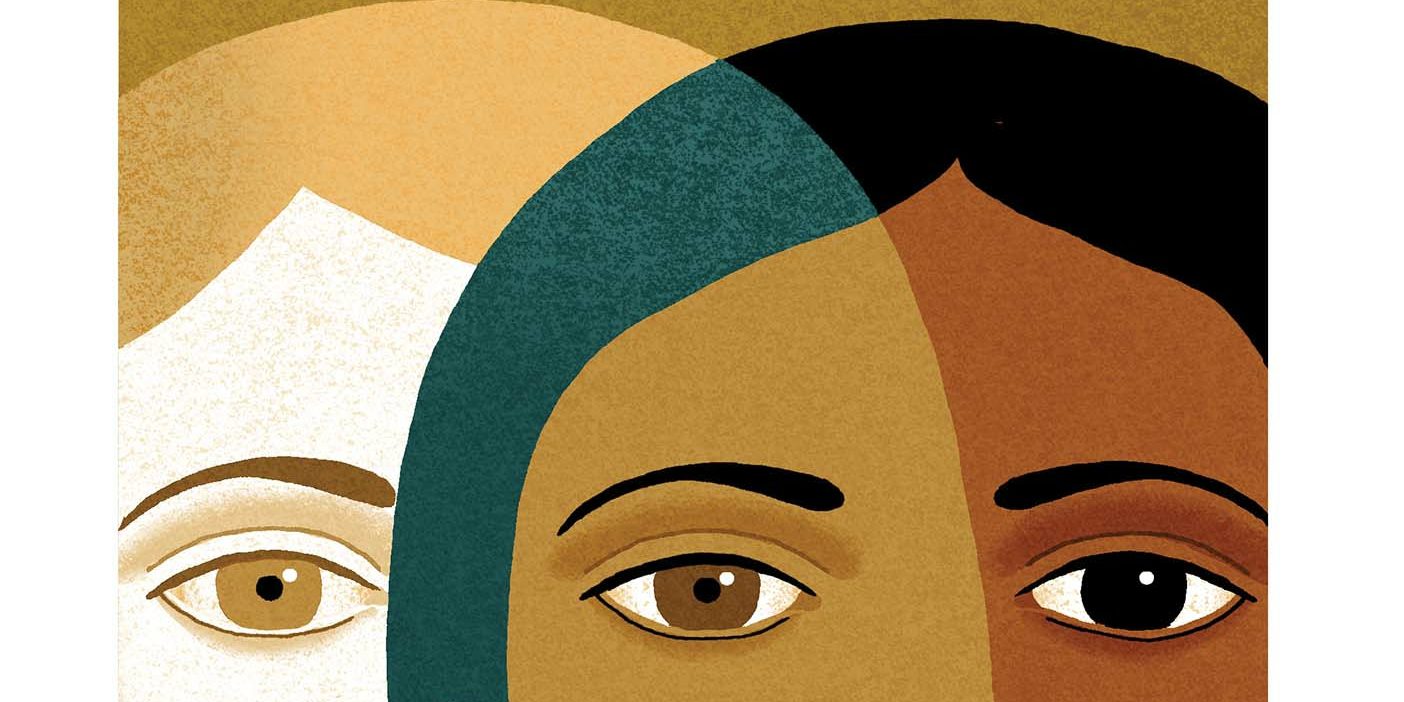The Committee on Race, Equity & Belonging suggests 26 ways to make BYU more inclusive for all.
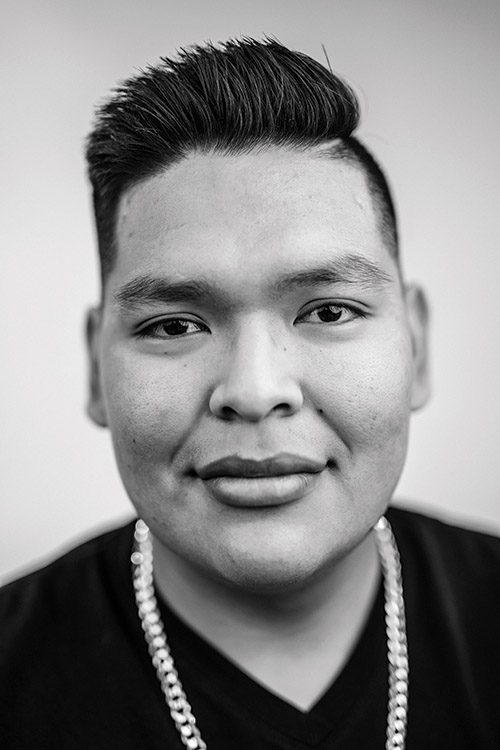
Every person at BYU deserves to feel included and safe on campus, says law professor Michalyn Steele (BA ’92, MA ’94), a member of BYU’s Committee on Race, Equity & Belonging (CoREB).
But a recent university survey of BYU students and employees found that 55 percent of non-White respondents felt satisfied with their sense of belonging on campus—compared to 76 percent of White respondents.
“In listening to the stories of students from a broad array of backgrounds, we heard that they have sometimes felt excluded or been the targets of unfair or even racist remarks,” Steele says. “Unfortunately, BYU hasn’t been immune to the issues that we’re seeing play out across the nation.”
“The foundation of our work was built upon listening. What we’re providing is a set of recommendations to help bear each other’s burdens.” —Ryan Gabriel
After the violent deaths of George Floyd and others, Church president Russell M. Nelson and the NAACP called on “government, business, and educational leaders at every level to review processes, laws, and organizational attitudes regarding racism and root them out once and for all.”
BYU heeded the prophet’s call: in June 2020 President Kevin J Worthen (BA ’79, JD ’82) formed the nine-member CoREB under the direction of academic vice president C. Shane Reese (BS ’94, MS ’95), charging it to confront racism at BYU and suggest solutions. After months of research, the committee presented 26 recommendations for change.
The CoREB reviewed best practices at other institutions and interviewed BYU students, alumni, faculty, and administrators—“as many people as we could fit into our schedule,” says committee member and sociology professor Ryan P. Gabriel. “The foundation of our work was built upon listening. What we’re providing is a set of recommendations to help bear each other’s burdens.”
“We know there is work to do. We can do that in a unique way at BYU because of our understanding of the important truth that each of us are children of heavenly parents.” —President Kevin J Worthen
Some are already in progress, such as curriculum changes to include topics related to race and diversity; others will be implemented in time; and still others will require additional consideration.
“All of the recommendations are extremely helpful,” Worthen says. “The committee’s full report and the recommendations will help us better nurture and retain our BIPOC [Black, indigenous, and other people of color] students and employees. There is hard work ahead, but the committee has outlined some important steps we need to take to become a more Zion-like community.”
Read the committee’s complete report and view the full campus belong survey results.
26 Recommendations
The Committee on Race, Equity & Belonging reported an urgent need to “enhance the sense of safety and belonging of BIPOC students at BYU.” To that end, they recommended these changes:
Institutional Reforms
1. Create an Office of Diversity and Belonging.
2. Create a new position of vice president for diversity, who oversees the Office of Diversity and Belonging.
3. Empower the Office of Diversity and Belonging to coordinate the efforts of existing organizations that support students from diverse backgrounds.
4. Develop diversity and inclusion training programs for students and employees.
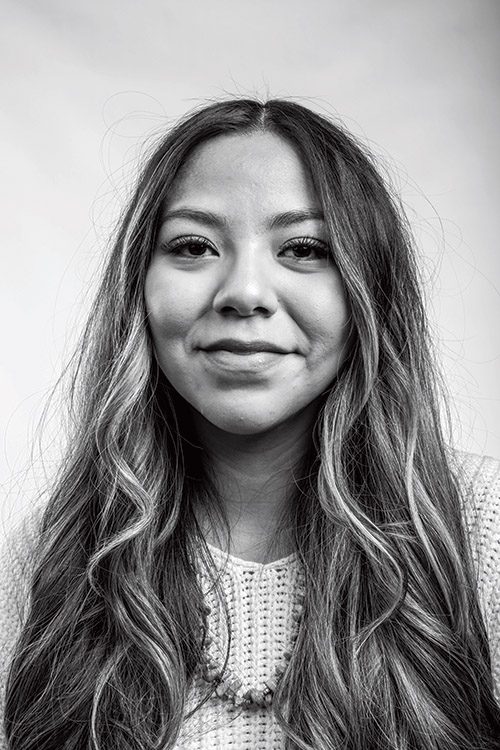
5. Make changes to general education, religion, and elective courses that educate students on race, unity, and diversity.
6. Consider additions to the Aims of a BYU Education that reflect current statements from prophets and apostles about the need to demonstrate civility, racial and ethnic harmony, and mutual respect.
7. Recommit to fostering a more diverse campus for the benefit of all students.
8. Encourage colleges and departments to adopt statements on race, equity, and belonging.
9. Instate the Committee on Race, Equity & Belonging as a standing committee to assist the President’s Council in carrying out these recommendations.
Student Belonging Reforms
10. Create a new position of vice president or associate vice president of enrollment to lead in recruiting and supporting all students, including BIPOC populations.
11. Form a recruitment and admissions committee to support the vice president or associate vice president of enrollment.
12. Develop a plan to increase graduation rates for BIPOC students.
13. Implement a recruitment strategy to attract more BIPOC applicants.
14. Evaluate admissions policies for a disparate impact on BIPOC applicants and make changes to consider socioeconomic disadvantages.
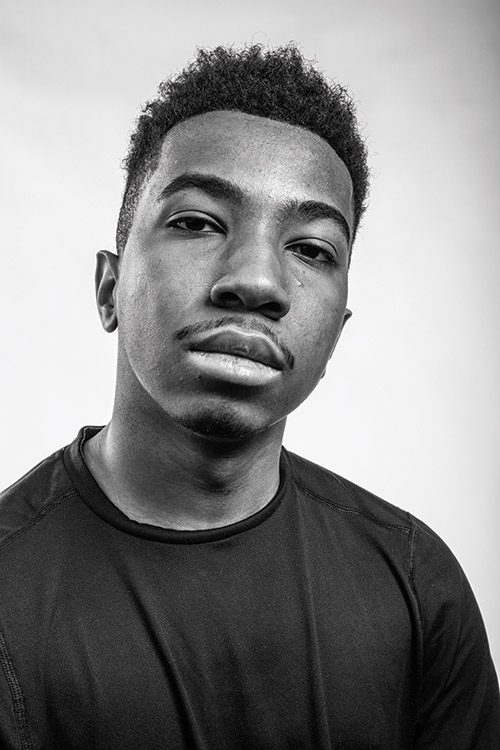
15. Consider the feasibility of race-conscious, rather than race-neutral, admissions.
16. Select prestigious scholarship recipients with greater emphasis on a holistic review of the applicant, including leadership potential and adverse life circumstances.
17. Create scholarships honoring early BIPOC members of the Church, such as Jane Manning James and Elijah Abel.
18. Create socioeconomic disadvantage scholarships.
19. Create a process for reporting and investigating instances of racial discrimination.
20. Establish a space on campus for underrepresented students to connect socially.
21. Apply the Honor Code and Dress and Grooming Standards with cultural sensitivity—for example, with an awareness of Black hairstyles.
Faculty Reforms
22. Design a best-practices model to identify qualified BIPOC faculty candidates.
23. Mentor BIPOC students who are interested in careers in academia.
24. Invite BIPOC PhD students to present their scholarship at BYU.
25. Mentor, train, and connect BIPOC faculty at BYU.
26. Provide BIPOC faculty with opportunities to serve in senior university leadership positions.










